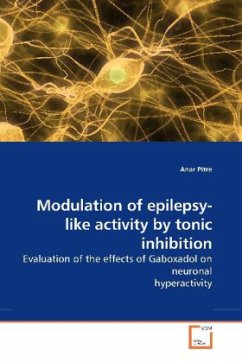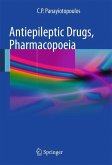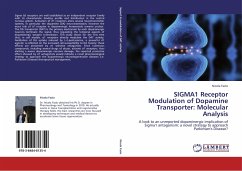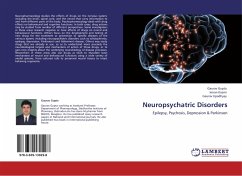The majority of the inhibition in the brain is mediated by GABA-A receptors. Extrasynaptic GABA-A receptors maintain a mild and continuous inhibition known as tonic inhibition. This study determines whether downregulation of tonic inhibition mediated by extrasynaptic GABA-A receptors is causally linked to the formation and/or maintenance of epilepsy-like activity. If true, it paves way for designing novel strategies to treat epilepsy-like brain states. A selective extrasynaptic GABA-A receptor agonist, Gaboxadol (THIP), was used to enhance tonic inhibition. Gaboxadol is a hypotic and was previously developed by Lundbeck and Merck as an experimental sleep drug. This study details the effect of low concentrations of Gaboxadol on CTZ (cyclothiazide) induced epilepsy-like activity in neuronal cultures. The data herein suggests that tonic inhibition contributes towards maintenance of cellular epilepsy and drugs that activate it could be potential therapeutic agents for pathological states like epilepsy.
Bitte wählen Sie Ihr Anliegen aus.
Rechnungen
Retourenschein anfordern
Bestellstatus
Storno








